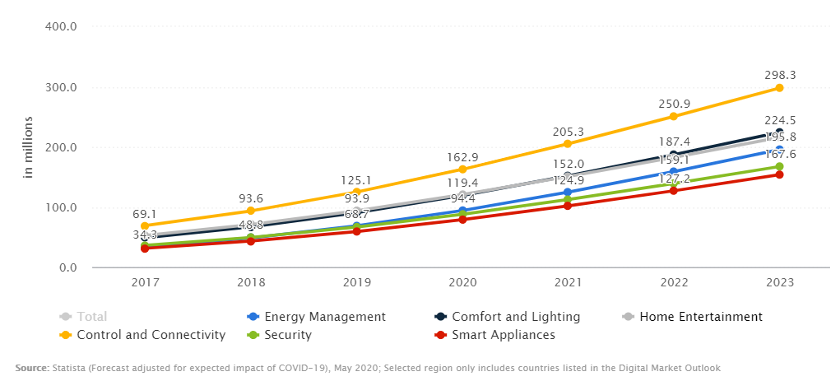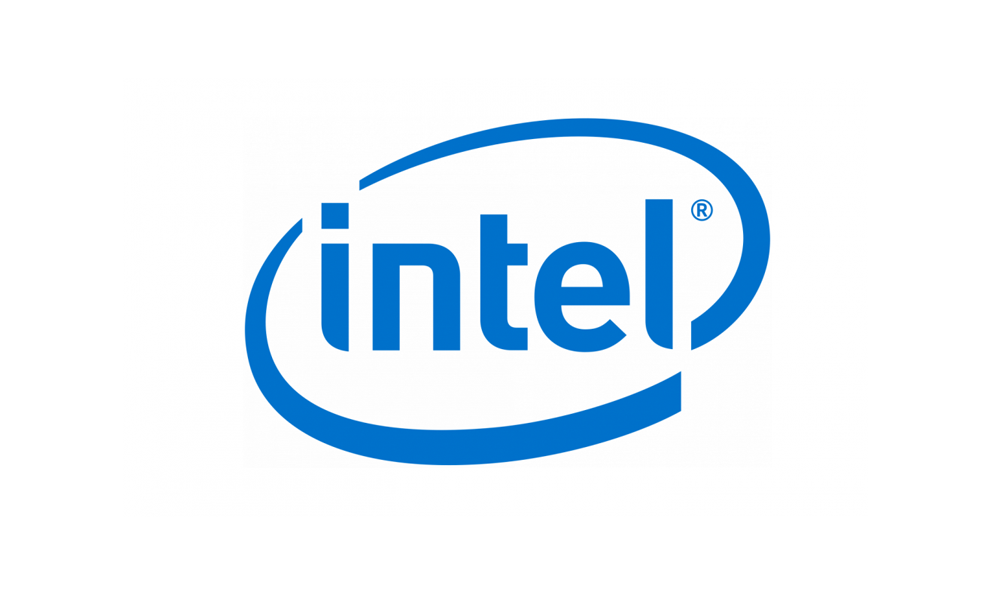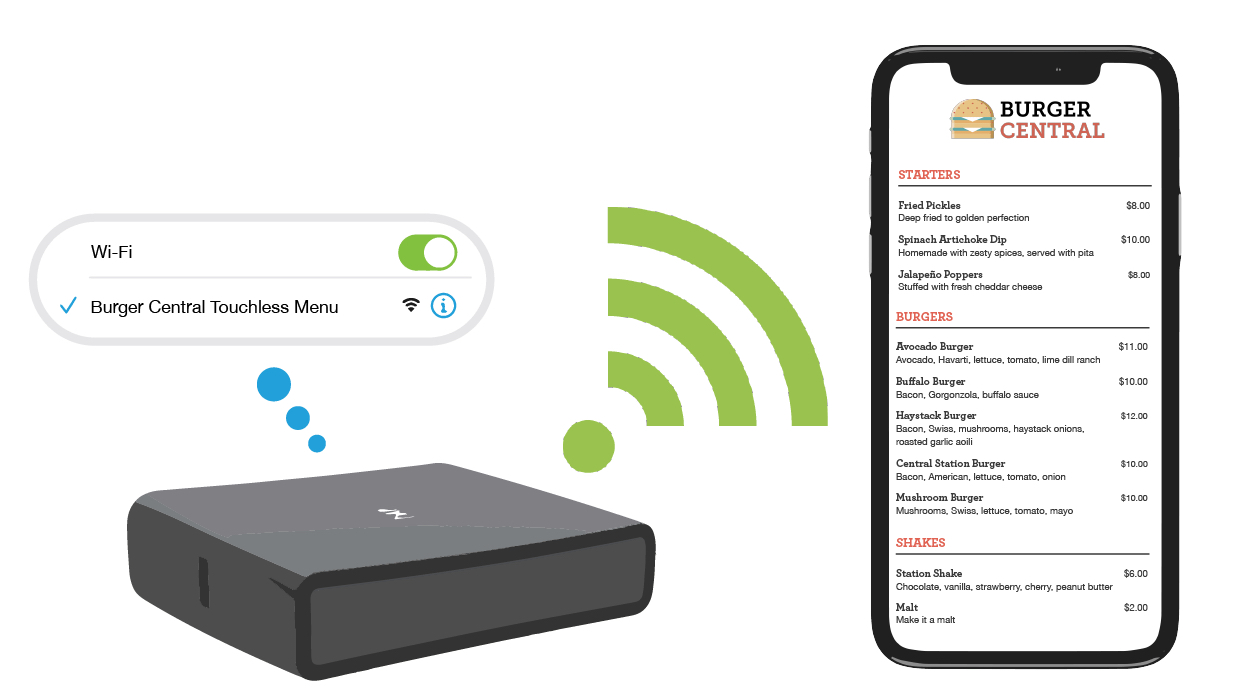Wi-Fi connectivity has become more essential than ever as we rely on it to work, teach, learn and stay connected to colleagues and loved ones. Fast, reliable and secure Wi-Fi connectivity is a necessity for keeping up as we add more connected devices and higher bandwidth applications for gaming, video streaming and content creation, as well as for processing increasingly larger file sizes.
In today’s homes there are an average of 11 Wi-Fi-enabled devices. Over the past few months, Comcast has reported that Wi-Fi-connected video calls and video conferencing have increased over 283%, and Charter Communications reports that over 90% of the traffic on its ISP network is Wi-Fi-based. Even in the case of your phone, more than 70% of your mobile (cellular) data trafficruns on Wi-Fi.
Intel has been investing and contributing to the evolution of Wi-Fi for more than 20 years, and today we’re excited to announce another leap forward. We are acquiring Rivet Networks, a leader in software and cloud-based technologies for networking connectivity.
More: Client Computing News

Rivet Networks is a terrific complement to our existing Wi-Fi products and helps us further our vision of delivering PC platforms that power every person’s greatest contribution. Rivet Networks’ products deliver speed, intelligence and control for gamers and performance users. Its products maximize Wi-Fi bandwidth utilization and optimize the wireless network connection on your platform. In addition, Rivet Networks’ products can also utilize the combination of Ethernet and Wi-Fi to prioritize traffic over both connections.
Its team will join our Wireless Solutions Group within the Client Computing Group. Rivet Networks’ key products, including its Killer brand, will integrate into Intel’s broader PC Wi-Fi portfolio. With the addition of Rivet Networks’ software, we will license its software to customers and develop new solutions for broader PC connectivity enhancement. With Rivet Networks’ and Intel’s leading Wi-Fi products, we can scale our PC Wi-Fi portfolio to better serve our customers, ecosystem and channel partners.
In addition to an expanding portfolio of Wi-Fi solutions for PC Platforms, we continue to advocate for Wi-Fi standards, contribute to the developer ecosystem and deliver new value for our PC OEM customers. More specifically:
- Leading the development and testing of 801.11ax (Wi-Fi 6): Intel took a lead role in the industry to define and deliver Wi-Fi 6 to the market. Our products were ahead of the competition and were selected as the “test bed” for Wi-Fi 6 certification. We also delivered the world’s first Wi-Fi 6 client for PCs, delivering over 1.2 Gbps throughput. But even more important, Intel led the ecosystem in conducting interoperability testing with Cisco, Aruba, Broadcom, Qualcomm and Microsoft to ensure great user experiences in new Wi-Fi 6 and legacy network implementations.
- Advocating for Wi-Fi Standards: We are strong advocates for Wi-Fi 6 and beyond, having worked closely with the FCC, ecosystem and standards bodies to ensure interoperability, to drive new and innovative capabilities into the standards, and to advocate for spectrum and certification policy issues. Most recently, the FCC opened 1200 MHz of 6 GHz spectrum to unlicensed Wi-Fi use, which will significantly improve Wi-Fi for all Americans. Opening this band will enable significant new capacity and ensure more opportunities for the Wi-Fi ecosystem that is relied on by millions of people and businesses.
- Developing the Best PC and Connectivity Experiences:
- Wi-Fi 6 Desktop Developer Kit: We launched an Intel Wi-Fi 6 Desktop developer kit to bring Gigabit+ wireless speeds to new and existing desktop PCs. The kit can be installed in less than 10 minutes and provides a max wireless speed of 2.4 Gbps, which is nearly three times faster than the standard AC 2×2 module with 80 MHz channels and 75 percent lower latency for gaming and video conferencing. It also allows for four times greater capacity of devices on a network. This kit was designed with DIYers and small- to medium-size businesses.
- Project Athena: Project Athena is a multiyear innovation program designed to deliver a new class of advanced laptops. The program is rooted in user insights and real-life situations. Together with our OEM partners, we’ve leveraged these insights to build PCs that fit at least six criteria that enable the most seamless PC experiences. One of the central features of Project Athena is to create devices that include a fast and persistent connection with Intel® Wi-Fi 6 (Gig+) and optional Gigabit LTE. We have verified more than 40 devices that meet the Project Athena specification.
We are committed to enabling our customers to deliver the best PC experiences, especially when we have become more reliant on technology. We know how important connectivity is in enriching our lives. We will keep you updated on our progress and look forward to having the Rivet Networks team as part of the Intel family, developing technologies that matter to you.
Chris Walker is corporate vice president and general manager of the Mobile Client Platforms Group at Intel Corporation.

















